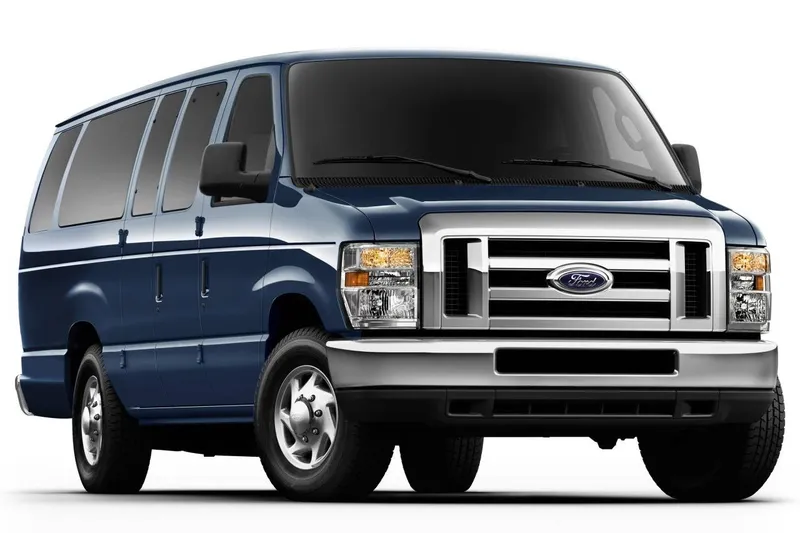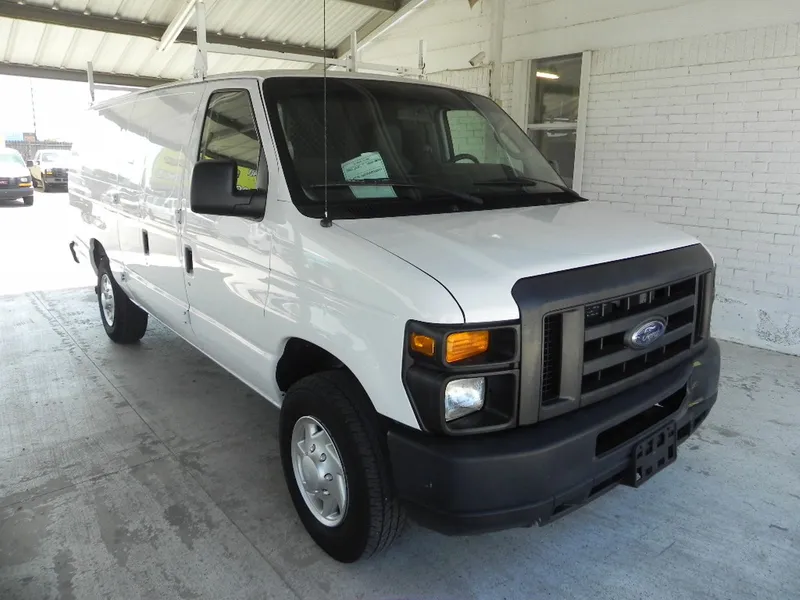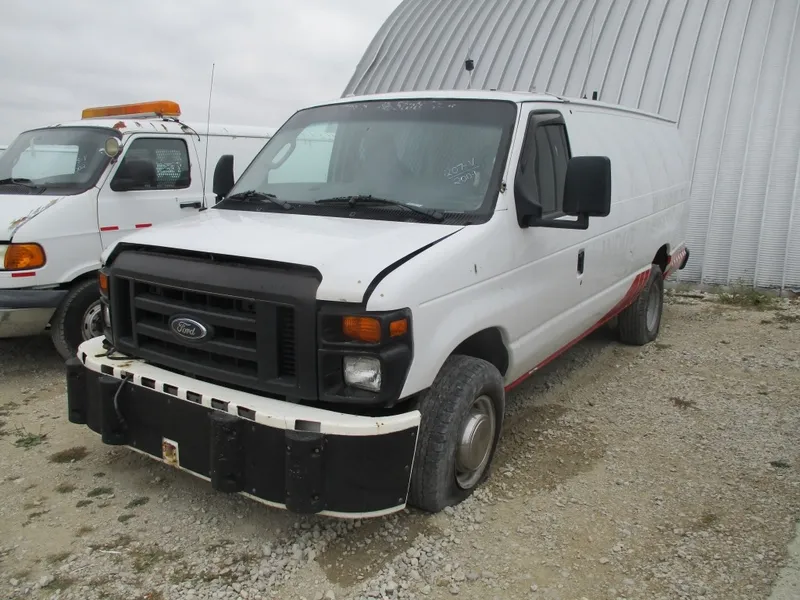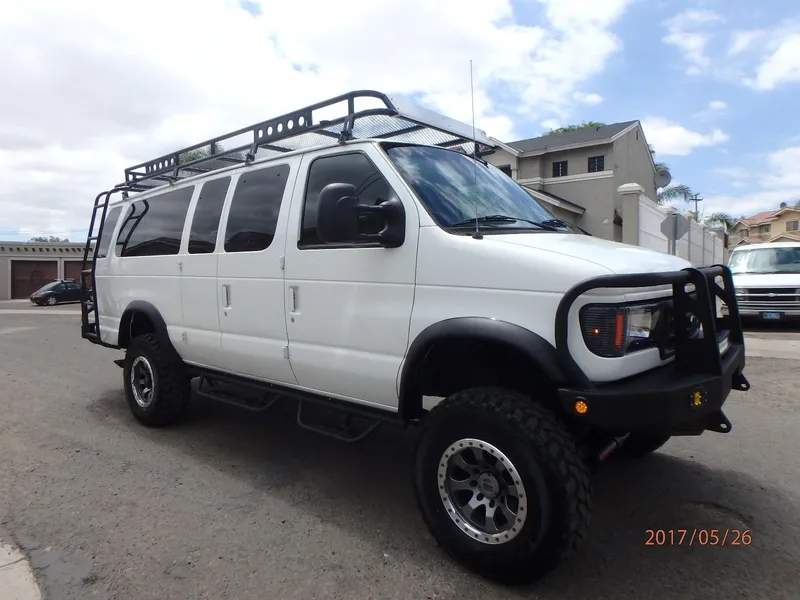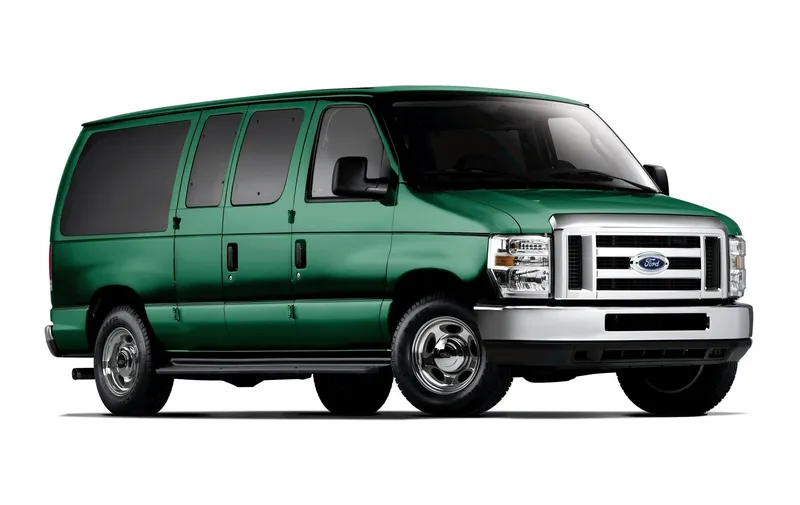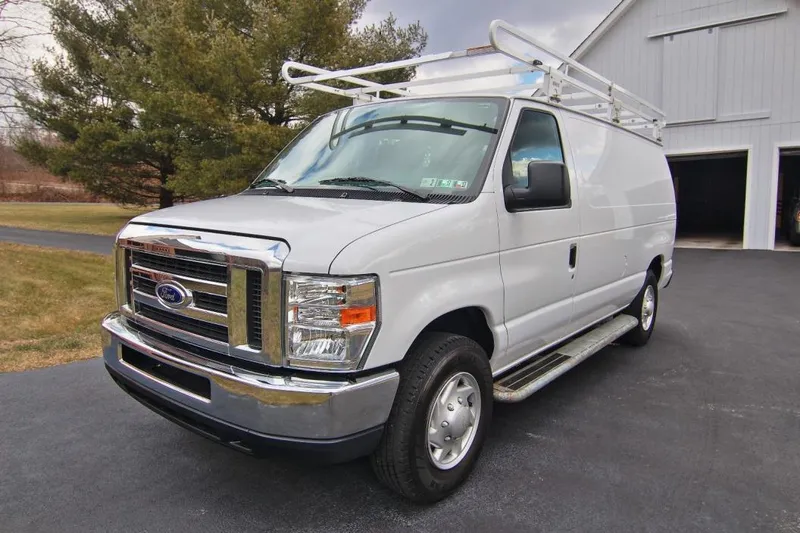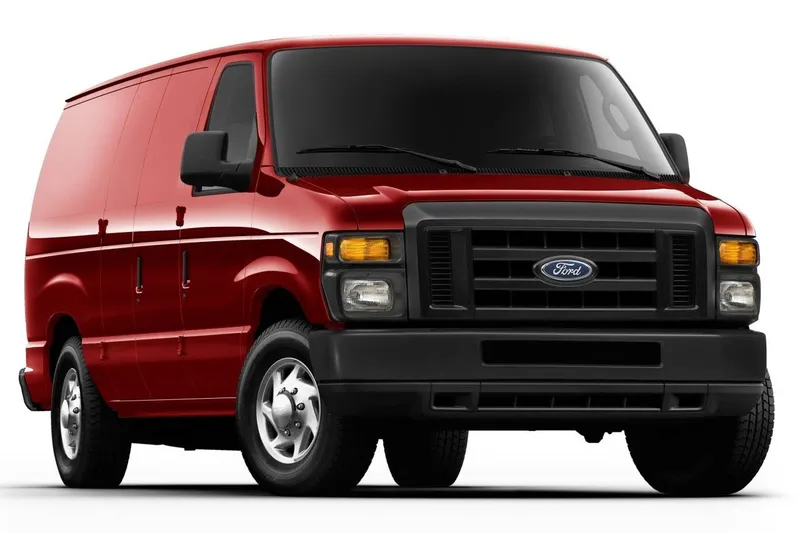
The Ford E-Series, also known as the Econoline or Club Wagon, was a line of full-size vans manufactured by Ford. This lineup was popular for several decades, known for its versatility and widespread use in various commercial and personal applications.
Key features of the Ford E-Series:
Versatility: The E-Series vans were highly versatile and served multiple purposes, including commercial cargo transportation, passenger shuttles, RV conversions, and more. They offered different configurations, from cargo vans to passenger vans with various seating arrangements.
Robust Construction: Known for their sturdy build, these vans were designed to endure heavy-duty use in commercial fleets. They were built on a traditional body-on-frame chassis, providing durability and reliability.
Spacious Interior: The E-Series vans boasted a spacious interior with ample cargo or passenger space, making them suitable for carrying large loads or accommodating multiple passengers comfortably.
Engine Options: Over the years, the E-Series offered a range of engine options, including gasoline and diesel engines, providing different power and fuel efficiency options to suit various needs.
Long Production Run: The E-Series vans had a long production history, starting in the 1960s and continuing until 2014 in the United States. Their enduring popularity made them a staple in Ford’s commercial vehicle lineup.
Adaptability for Conversions: Due to their spacious interior and durable construction, the E-Series vans were popular choices for aftermarket conversions into camper vans, mobile workshops, and other customized uses.
The Ford E-Series made a significant impact in the van market, particularly in commercial sectors such as delivery services, shuttle transportation, and utility vehicles. Its legacy continues through its successor, the Ford Transit, which replaced the E-Series in Ford’s lineup and carries on the tradition of versatile and reliable full-size vans.

